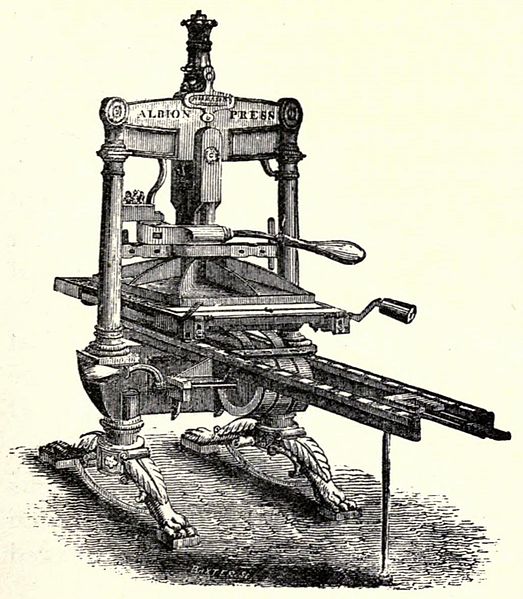I don’t share Nick Carr’s angst over e-book readers not adopting the look and functionality of dead-tree books, but he eloquently makes a true point about a new medium initially mimicking–if only in spirit–what preceded it:
“The future arrives wearing the clothes of the past. The first book that came off a printing press – Gutenberg’s Bible – used a typeface that had been meticulously designed to look like a scribe’s handwriting:
The first TV shows were filmed radio broadcasts. The designers of personal computers used the metaphor of a desk for organizing information. The world wide web had ‘pages.’ The home pages of online newspapers mimicked the front pages of their print editions. As Richard Goldstein succinctly put it, ‘every novel technology draws from familiar forms until it establishes its own aesthetic.’ It’s tempting to look at the early form of a new media technology and assume that it will be the ultimate form, but that’s a big mistake. The transitional state is never the final state. Eventually, the clothes of the past are shed, and the true nature, the true aesthetic, of the new technology is revealed.
So it is with what we call ‘electronic books.’ Amazon’s original Kindle was explicitly designed to replicate as closely as possible the look and feel of a printed book.”
Tags: Nick Carr

